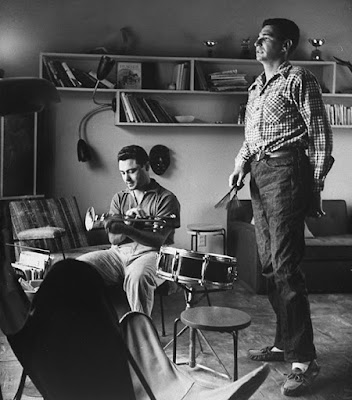
Ewa at the coking plant, Ruda Śląska (1997)
"I’ve begun to wonder whether late artistic recognition — especially when it comes to female photographers — places too much importance on the size of the archive left behind. Important revisions to and rediscoveries in the canon seem to follow the same pattern: a massive, unseen body of work by a woman comes to light and photographic history is wrestled from male hands, once again. How else should we value the legacies of women overlooked by grand art historical narratives? And who else gets to be in the canon? You may be familiar with Vivian Maier, a Chicago nanny whose vast photographic archive was uncovered only after her death. Her story is fascinating: she went from total obscurity to being hailed one of the greatest street photographers of the 20th century. ..."
The Calvert Journal
The Calvert Journal - Zofia Rydet: how one photographer produced an invaluable record of communist Poland
How Zofia Rydet's Photography Intimately Revealed Polish Homes

Ladies Looking, Ruda Śląska (1977)
















































